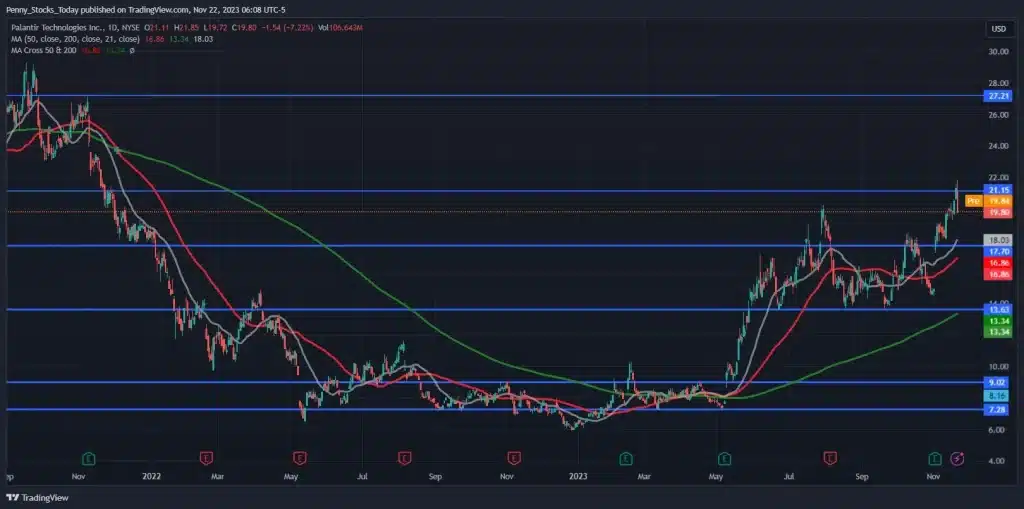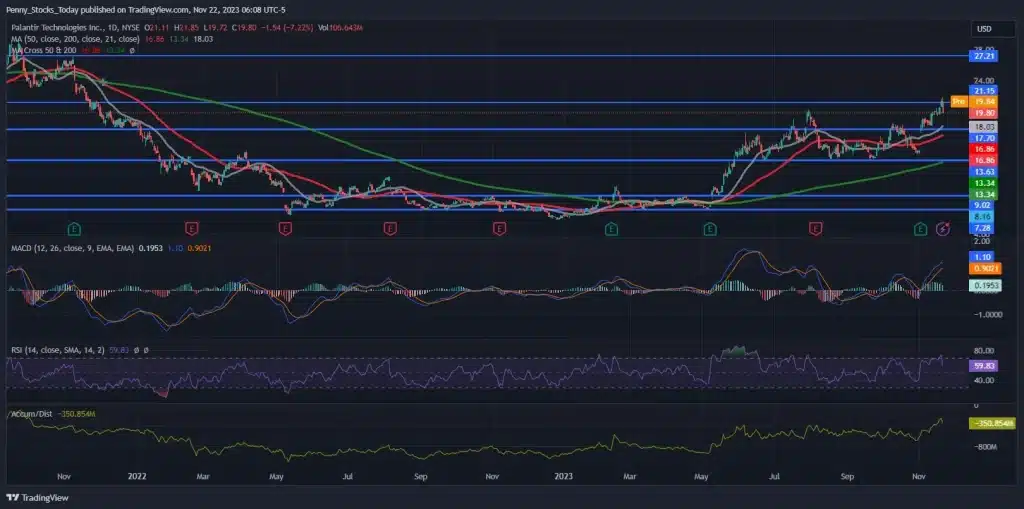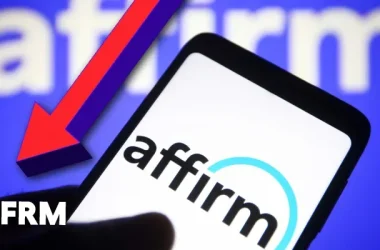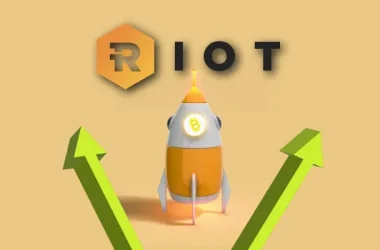With interest in AI at unprecedented levels, Palantir Technologies Inc. (NYSE: PLTR) has garnered interest from all types of investors thanks to its existing AI capabilities. In fact, some argue that Palantir’s AI capabilities are the best in the business.
It’s probably this reputation that caused Palantir to secure a contract with the UK’s National Health Service to create the organization’s Federated Data Platform. The contract will pay Palantir around $415 million over 7 years. And while the contract’s value is seen as modest by many, it could be a game changer for Palantir’s future.
PLTR Stock History
But first, let’s take a look into Palantir’s history and how it reached where it is right now.
Although it’s listed as having been founded in 2004, SEC filings state Palantir’s official incorporation to be in May 2003 by Peter Thiel, Nathan Gettings, Joe Lonsdale, Stephen Cohen, and Alex Karp. Palantir’s name comes from The Lord of the Rings where the magical palantiri were seeing stones that were used for communication and to see events in other parts of the world. Knowing what the company does, this sounds like a pretty accurate name.
Palantir received early investments from Peter Thiel and In-Q-Tel, the CIA’s venture capital arm. As a result, the CIA and other US government intelligence agencies, as well as parts of the US military became Palantir’s anchor clients. This long-lasting relationship has helped strengthen US national security interests by filling some of the gaps in intelligence gathering that came to light on 9/11.
Palantir’s software is considered top-notch by the organizations that use it. Palantir’s software is based on the Gotham platform which is designed to help organizations integrate and analyze large amounts of data.
And Palantir has distinguished itself from competitors as Gotham isn’t available to its competitors which gives it a key competitive advantage.
Speaking of competitive advantages, Palantir’s strong relationship with government agencies has set it apart from the competition in the software space. Palantir has contracts with the CIA, Department of Defense, and other government agencies which gives it access to a large and growing market.
Palantir’s competitive advantages don’t stop here. Its software is very difficult to switch to. So once an organization invests in Palantir’s software, it’s difficult and very expensive to switch to another platform.
Even then, organizations would have to spend a lot of resources as shifting from Palantir’s software to a different one entails investing in new software, training, and support. So it’s pretty unlikely for an organization to switch to a different platform, even if it’s unhappy with Palantir’s software.
So with a highly demanded product and a sticky business model, Palantir decided to become public in 2020. Palantir started trading on the New York Stock Exchange through a direct offering under the ticker symbol PLTR at $10. On its debut, Palantir climbed as much as 14% before closing at $9.5.
But after its debut, PLTR stock kept surging and reached its all-time high of $45 on January 27 2021 driven by investors’ enthusiasm over its growth rates. But then Palantir fell back to earth and consolidated between $21 and $27 until its Q3 2021 earnings report.
Despite beating analysts’ estimates and guiding a strong Q4 2021, PLTR stock was in free-fall after that earnings report until finally consolidating between $7 and $9 in May 2022. Palantir kept trading within the same sideways channel for a year, attempting to break it 2 times when it reached its all-time low of $5.92 in December 2022, and when it ran past $11 after posting its first profitable quarter in Q4 2022 on February 13, 2023.
But the euphoria from Palantir’s first profitable quarter ever ended and PLTR stock quickly fell back to its sideways channel until May 8, 2023. A date that changed Palantir’s trajectory, probably forever.
On May 8, Palantir reported its Q1 2023 earnings. But that wasn’t the big news. The big news was Palantir announcing its own AI platform, AIP, for the first time. Palantir’s software has always had an AI element to it. But that was the first time Palantir embraced its AI side and started marketing itself as an AI-driven company.
Since then, PLTR stock is up more than 200% and recently reached a new 52-week high of $21.85 on November 21. The reason for this run? Yup, you guessed it. The NHS contract.
NHS Contract Potential
The significance of the NHS contract doesn’t come from its value. $414 million over 7 years isn’t significant for Palantir. Palantir is guiding between $2.216 billion and $2.22 billion for full-year revenue. And the terms of the contract mean that Palantir should realize around $59 million from it annually. This means that the annual payments from the contract would amount to around 2.6% of Palantir’s low-end revenue guidance.
So how can this contract be a game changer for Palantir when it would contribute almost nothing to its revenue? Very simple, publicity.
The NHS is the fifth largest employer in the world and the largest non-military public institution. The NHS is also the greatest source of British national pride even more than the royal family!
Gaining the NHS as a customer is a key victory for Palantir to change the narrative surrounding it. Before the deal was announced, the NHS was under pressure from doctors, activists, academics, and even politicians from the ruling conservative party due to Palantir’s reputation.
These concerns stem from Palantir’s alleged role in detaining migrants in the US and directing drone strikes in Afghanistan. That’s why critics of the deal were wondering, how can Palantir be trusted with the NHS’ data?
But Palantir actually getting the contract should alleviate all of those fears. Palantir reassured critics that it’s a data processor, not a data controller. Meaning that its customers or the NHS in this case licenses Palantir’s software. In simple terms, Palantir has no rights to the data and can only carry out activities that the NHS instructs them.
So the NHS contract is vital for Palantir to accelerate AI adoption in the commercial side of its business, which is already growing faster than the government side.
But that’s not it. Remember when I mentioned that Palantir’s business is sticky? This is where Palantir shines. Getting that first contract opens up the potential for more future contracts from the NHS. Palantir essentially becomes the operating system for its customers to the point where it’s impossible to decouple. This gives Palantir incredible pricing power and stickiness to retain and grow business.
So is there another way for Palantir to benefit from the NHS contract? The answer is an astounding yes.
It isn’t a secret that Palantir is expanding its reach in the healthcare industry. In fact, Palantir’s presence is growing at an impressive rate in that sector as its software is used by 16% of hospital beds across the US which is up from almost 1% last year.
So in order to keep growing in the healthcare sector, Palantir must offer unique software for healthcare providers to buy its products. The NHS contract might give Palantir a golden shot at doing that.
For Palantir to properly fulfill the NHS contract its forward deployed software engineers will embed themselves across the NHS. So Palantir will further deepen its domain expertise in the healthcare sector. This would allow it to produce new software products and sell them exclusively in the healthcare sector.
This is a very sound strategy. The global healthcare IT spending is expected to grow from $199.5 billion in 2023 to $644.9 billion in 2030. This is a very big market and Palantir now has the potential to offer software that’s exclusive and deeply specialized in the healthcare industry. This could have a major positive impact on Palantir’s future revenues.
Media Sentiment
@arny_trezzi believes PLTR stock hasn’t tapped its full potential yet.
@amitisinvesting is guessing the sell-off that recently occurred in PLTR stock was likely due to the news being priced in prior to the announcement.
Technical Analysis

On the daily chart, Palantir attempted to break a strong resistance at $21.15 but it failed after reaching its 52-week high of $21.85. The drop that happened right after the 52-week high could be attributed to 2 reasons. One, profit taking, and two, investors just saw the NHS contract’s value underwhelming.

Now the MACD is curling bearishly on the daily too. So PLTR stock could see some downside pressure in the next few days to test that $17 support, which could be a good entry. After all, the days of Palantir near $15 may be long gone.
PLTR Stock Forecast
So in summary, looking at the value of Palantir’s contract with the NHS is too shallow in my opinion. The benefits Palantir will get from the contract are more than simply revenues. The NHS’ status should help Palantir’s commercial side gain more steam as fears over data use should now be alleviated.
Not only that but there’s a big chance Palantir secures more lucrative contracts with the NHS or other government services in the UK and Europe thanks to its software’s solid reputation and stickiness.
But the real value lies in the domain expertise in the healthcare sector Palantir should realize from working with the NHS. The healthcare sector is one of the fastest sectors in AI adoption and if Palantir offers specialized software in the industry, the potential is unlimited.
If you have questions about PLTR stock and where it could be heading next feel free to reach out to us in our free alerts room!
Disclaimer
Please visit and read our disclaimer here.









